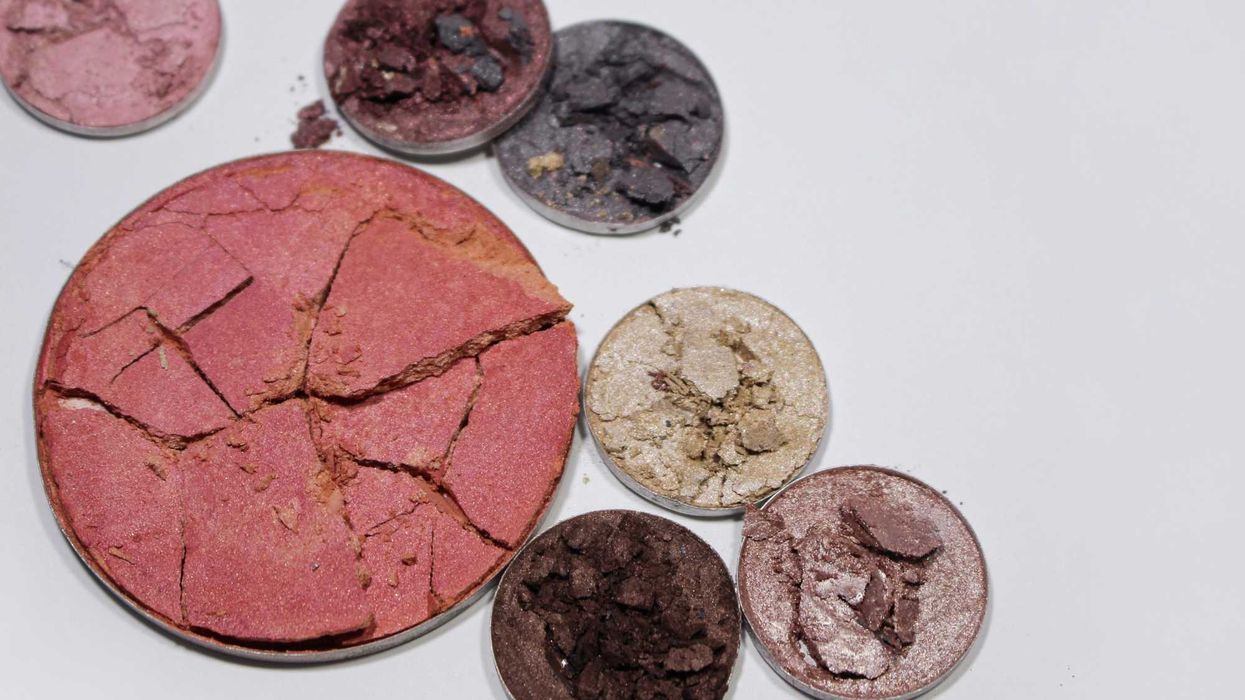A growing body of research suggests microplastics are harming human health, with links to heart disease, infertility, and other chronic conditions — even as U.S. policy remains slow to respond.
Elizabeth Weise reports for USA TODAY.
In short:
- A new study estimates chemicals in plastics contributed to 350,000 heart disease deaths globally in 2018, as microplastics are increasingly found in human tissues including arteries, lungs, placentas, and even brains.
- The Trump administration has not taken action to curb plastic production or regulate associated chemicals, though U.S. Health and Human Services Secretary Robert F. Kennedy Jr. has voiced concern and pledged to investigate health effects.
- Researchers and doctors remain cautious but concerned, with some recommending behavioral changes like reducing microwave use of plastics and choosing non-plastic containers, while waiting for more definitive evidence.
Key quote:
"We’re conducing a vast, uncontrolled medical experiment in which we, our (children) and our grandchildren are the unwitting, unconsenting subjects."
— Dr. Philip Landrigan, pediatrician and director of the program for global public health and the common good at Boston College
Why this matters:
Microplastics, once thought to be inert and harmless, are now turning up in nearly every part of the human body, from the lungs to the brain. These fragments, often small enough to pass through cellular membranes, may carry hormone-disrupting chemicals and other toxic compounds. Researchers are still uncovering how they move through the body and what long-term effects they might have, but early studies suggest links to serious conditions like heart disease, strokes, infertility, and developmental issues.
Meanwhile, global plastic production continues to rise, driven by fossil fuel extraction and petrochemical expansion. The health burden of plastic exposure may take decades to fully understand, but the early warnings are hard to ignore. Scientists, health officials, and advocacy groups are calling for tighter regulations and international cooperation, even as industry groups push back.
Read more: WATCH: How plastics—and the chemicals in and attached to them—threaten future generations














